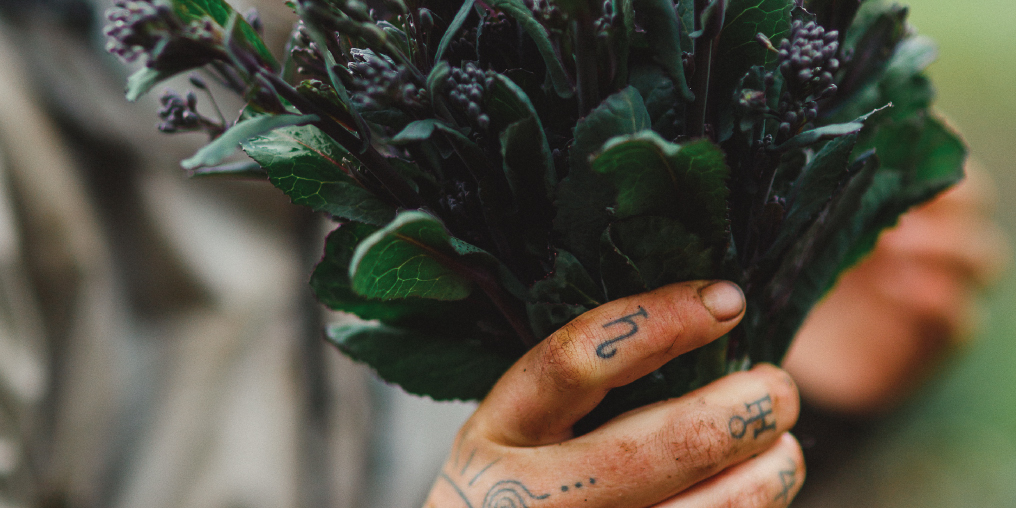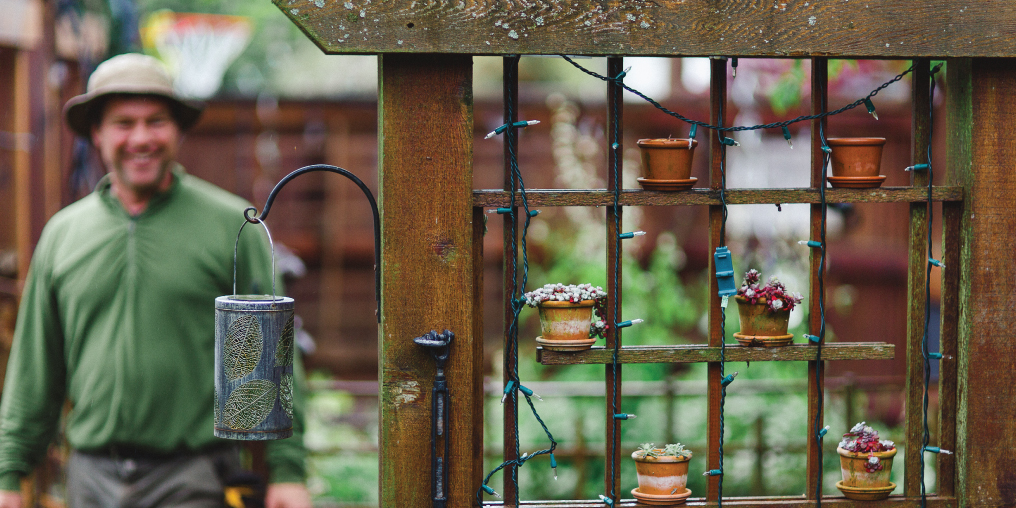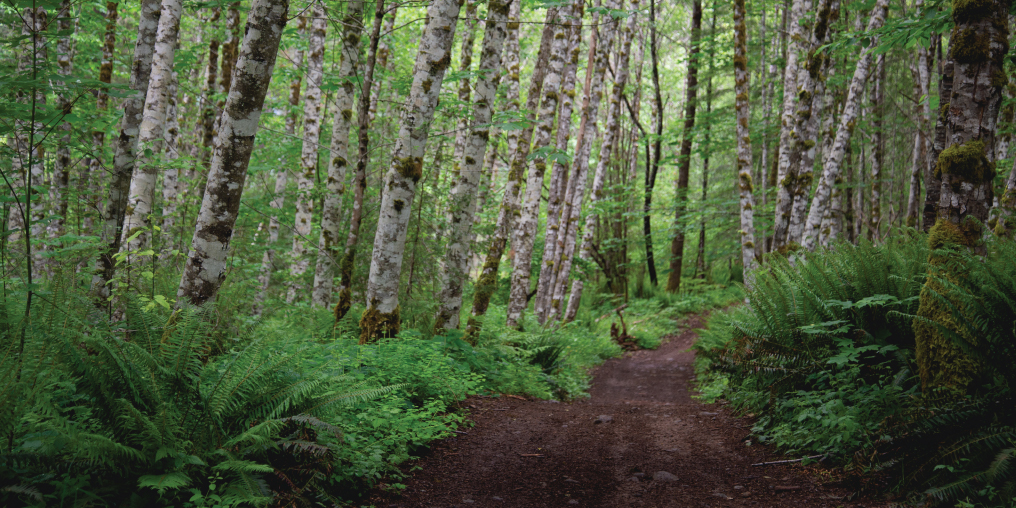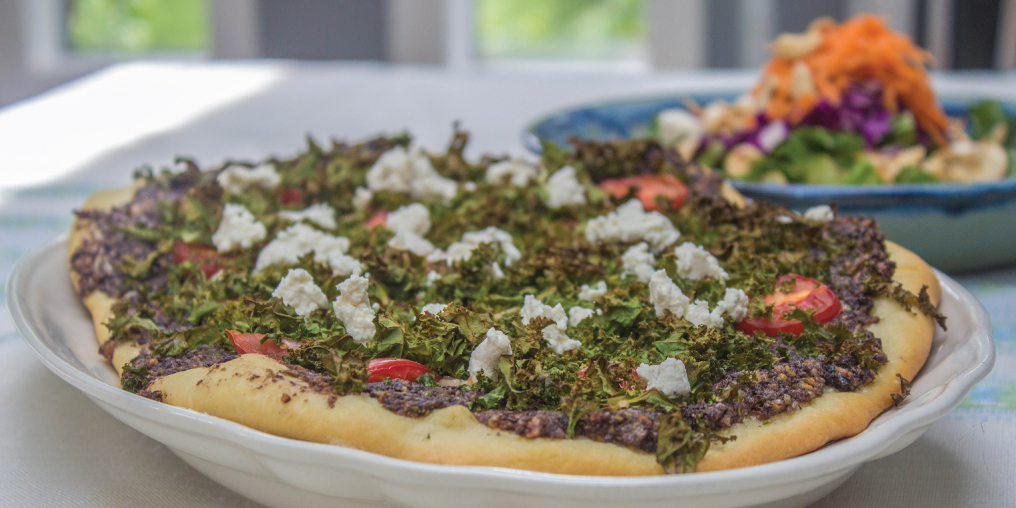Glean (v.): Gather (ears of grain, etc.) after the harvest.
I recently attended an inspiring symposium hosted by the Association of Gleaning Organizations in Seattle. Along with representatives from all over North America, I toured urban gardens, visited established incubator farms, explored backyard orchards, and met with cider makers. In the process, we gained insights into some of the organizations and programs that engage volunteers and landowners for the benefit of all. These initiatives help create a vibrant, local food system in the Seattle area.
A question that came up during the weekend was the word “gleaning.” Should we continue to use it? Do people know what it means?
To quote Wikipedia, “Gleaning is the act of collecting leftover crops from farmers’ fields after they have been commercially harvested or on fields where it is not economically profitable to harvest.”
The practice originated in ancient times; it’s mentioned in the Old Testament and has been written into European law for centuries. But gleaning in the Comox Valley today doesn’t much resemble its ancient roots in the Fertile Crescent. Today, the term describes a broader spectrum of food recovery—even dumpster diving could be considered gleaning—and the archaic word doesn’t quite suffice to describe the multitude of today’s food-rescue initiatives.
To me, modern gleaning is more about the cooperation between those with food assets (gardeners, farmers, and fruit-tree owners) and local volunteers to ensure a community’s abundance of produce remains unwasted.
In my role as food access manager at LUSH Valley Food Action Society, a non-profit organization focusing on food security, I help run programs that fall under the umbrella of gleaning—some more obviously than others.
One is our Farm Gleaning Program (yes, we’re considering a re-brand), which pairs dedicated volunteers with local farms to help with daily tasks and redistribute crops that would otherwise be unsellable due to blemishes or market conditions (like selling zucchini in the height of zucchini season, which can be a bit of a trick).
Occasionally, volunteers engaged in the Farm Gleaning Program do get to glean crops in the traditional sense of the word. For example, when farmers need space for winter crops, we help them clear their greenhouses of lingering peppers, tomatoes, and cucumbers.
I find the factors that necessitate harvest assistance by volunteers fascinating and full of opportunity. In many cases, farmers simply can’t find the labour, such as with blueberries, or they invite us to harvest scapes (the garlic plant’s tasty flowering shoots, which are trimmed in spring) because they are sometimes considered a by-product of garlic production.
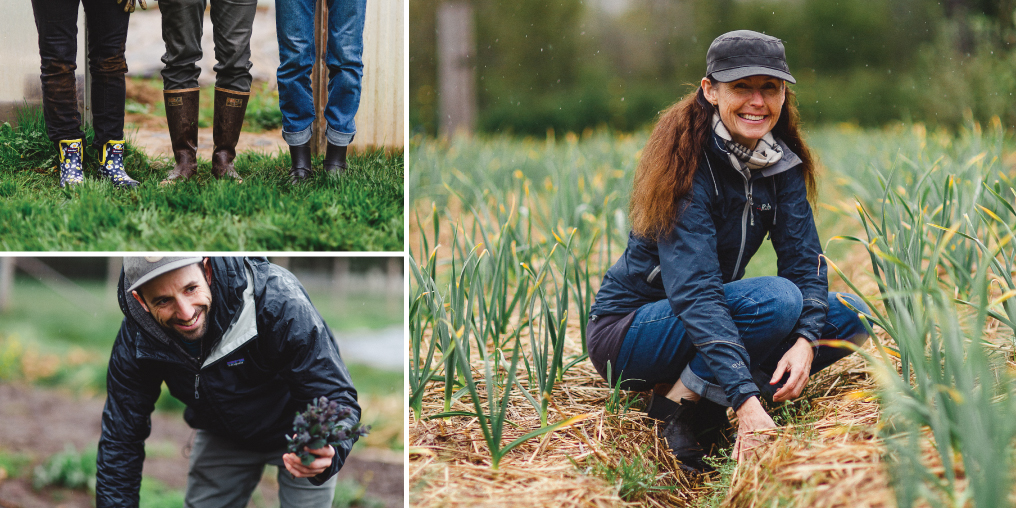
Another inspiring aspect of the Farm Gleaning Program is the weekly Comox Valley Farmers’ Market pick-up, where vendors donate unsold produce to LUSH if they decide that finding another market for that crop might be more trouble than it’s worth.
This partnership is a beautiful example of our local farmers’ incredible generosity, and has seen thousands of pounds of local fruits and vegetables redistributed to those experiencing barriers to fresh produce.
In all these cases, LUSH collaborates with community partners like the Wachiay Friendship Centre, Comox Valley Family Services Association, and a range of supportive housing providers to get food into the community as effectively as possible.
With our immensely popular Fruit Tree Program, which has been running in the Comox Valley for over two decades, the spirit of gleaning is manifested by fruit-tree owners. When overwhelmed by a mature fruit tree’s abundance, they’re happy to enlist the services of a dedicated group of volunteers to ensure that fruit gets into the community. As much of this activity occurs in September and October, school meal programs often receive the bounty.
We live in a curious time of labour and land values, where most people are disconnected from the process of growing food, so it’s of little surprise that the word “gleaning” isn’t widely understood. It’s time to embrace a more modern definition that encompasses a broad spectrum of activities, like what I saw in Seattle—and what we are doing here.
Semantics aside, communities need to identify their common ground and work together to maximize their potential. As we pool creativity and commitment toward the goal of a more delicious (and food-secure) Comox Valley, a wonderful local food culture awaits.

